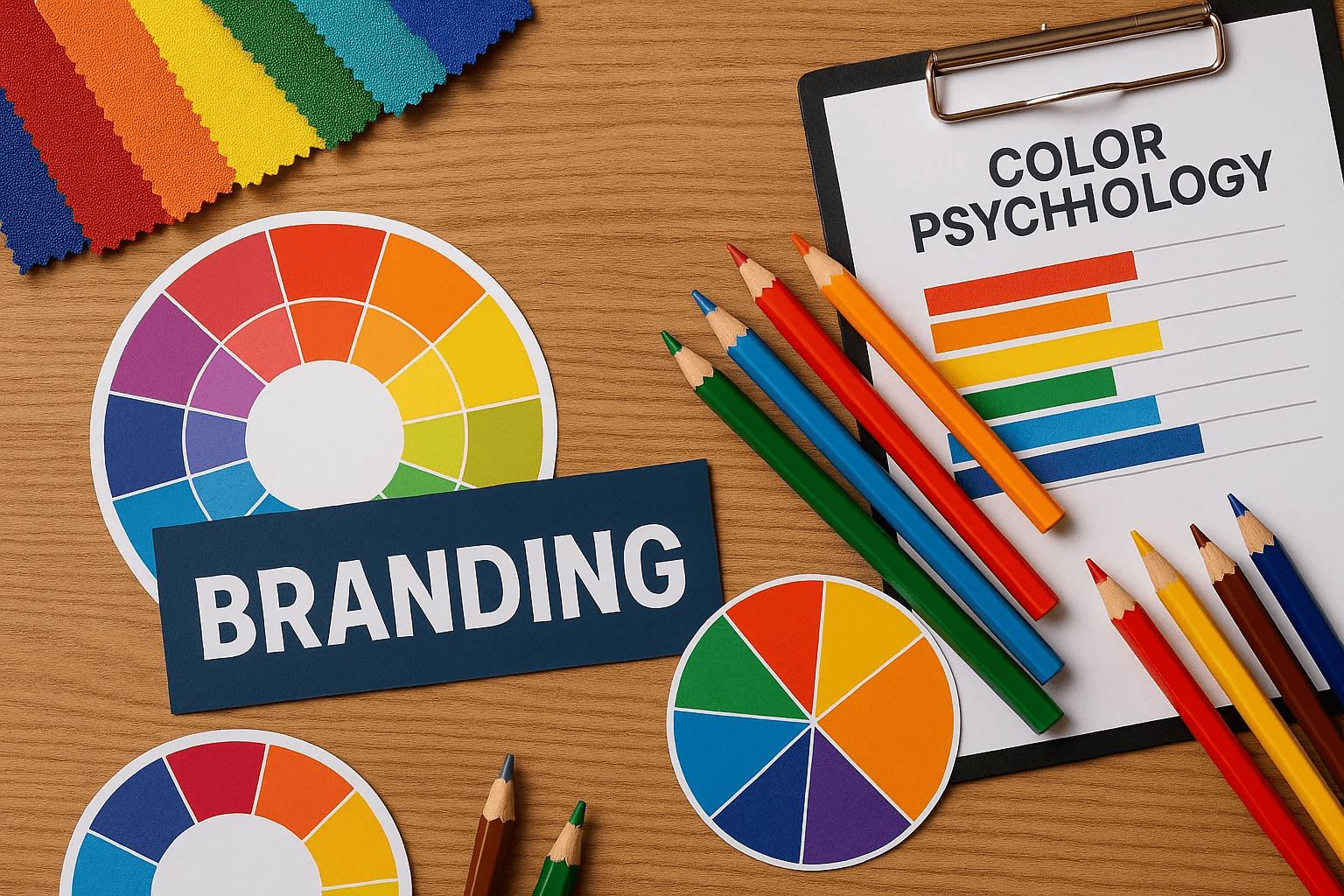Color plays a crucial role in our everyday lives. From the clothes we wear to the products we buy, color influences our emotions, behaviors, and perceptions more than we may realize. This is especially true in the world of branding, where colors are strategically chosen to convey messages and evoke specific responses from consumers.
Color psychology, the study of how colors affect human behavior, plays a significant role in determining the success of a brand. When used effectively, colors can enhance brand recognition, evoke positive emotions, and build strong connections with consumers. By understanding the psychological effects of different colors, businesses can create powerful brand identities that resonate with their target audience.
One of the key ways in which color psychology influences branding success is through brand recognition. Consistency in color usage can help consumers easily identify and remember a brand. For example, when you see the colors red and white together, you likely think of Coca-Cola. This is no accident – Coca-Cola has successfully established its brand through consistent use of these colors in its marketing materials. Over time, this association becomes ingrained in consumers’ minds, making them more likely to choose Coca-Cola over competitors.
Colors also have the power to evoke specific emotions and associations. For example, blue is often associated with trust and reliability, which is why many financial institutions use this color in their branding. On the other hand, red is known for evoking energy and excitement, making it a popular choice for brands in the food and beverage industry. By choosing colors that align with their brand values and messaging, businesses can create a more compelling and coherent brand identity.
In addition to evoking emotions, colors can also influence consumer behavior. Research has shown that colors can impact purchasing decisions, with certain colors leading to higher conversion rates than others. For example, studies have found that the color red can create a sense of urgency, leading to impulse purchases. By understanding the psychological effects of color, businesses can strategically use color to drive consumer behavior and boost sales.
Overall, the power of color in branding cannot be underestimated. By leveraging color psychology, businesses can create strong, memorable brand identities that resonate with consumers on a deep level. Whether it’s through brand recognition, emotional connections, or influencing consumer behavior, colors play a critical role in shaping the success of a brand. By carefully choosing and utilizing colors in their branding efforts, businesses can create a lasting impact and stand out in a crowded marketplace.
